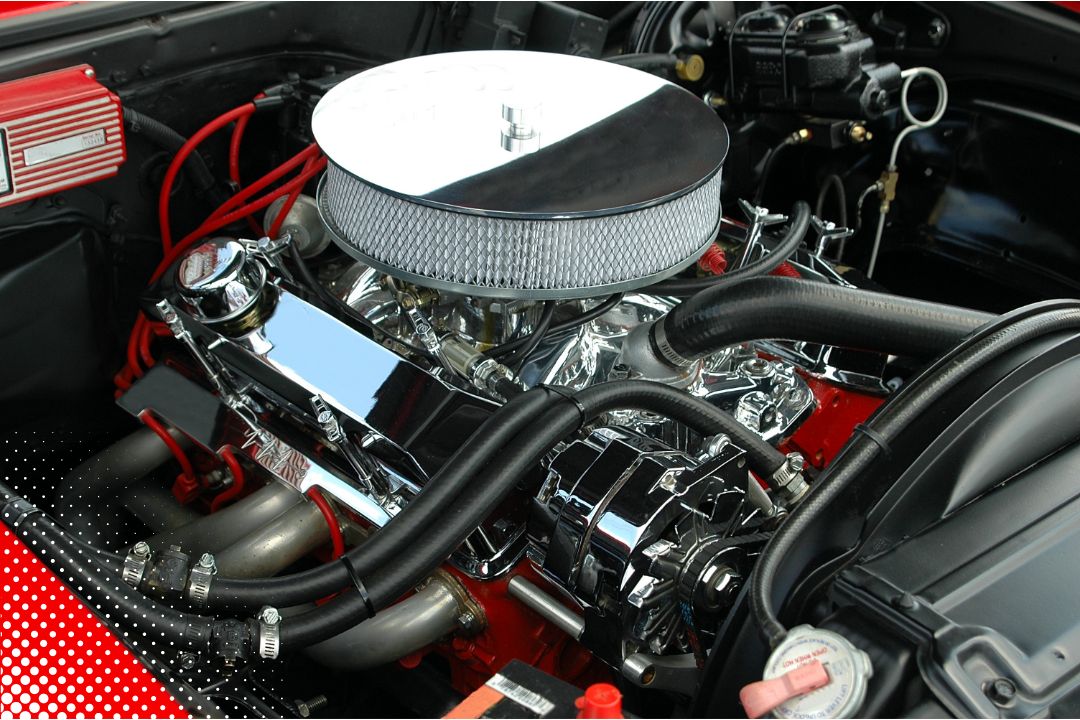Engine problems can be daunting, but understanding the basics of diagnosing and repairing these issues can save you time and money. Proper maintenance and timely repairs are crucial for keeping your engine running smoothly. This guide will walk you through common engine problems, how to diagnose them, and when to seek professional help from an engine repair service.
Common Engine Problems
1. Engine Won’t Start
Symptoms: Clicking sound, no response when turning the key.
Possible Causes: Dead battery, faulty starter motor, or fuel system issues.
2. Overheating
Symptoms: Temperature gauge reading high, steam from the hood.
Possible Causes: Low coolant levels, radiator problems, or faulty thermostat.
3. Rough Idling or Stalling
Symptoms: Engine shakes or stalls when idling.
Possible Causes: Dirty fuel injectors, vacuum leaks, or ignition system issues.
4. Knocking or Pinging Sounds
Symptoms: Unusual noises from the engine, especially under acceleration.
Possible Causes: Detonation, low-quality fuel, or carbon buildup.
5. Loss of Power
Symptoms: Decreased acceleration, sluggish performance.
Possible Causes: Clogged air filter, fuel delivery problems, or exhaust restrictions.
6. Excessive Smoke
Symptoms: Black, blue, or white smoke from the exhaust.
Possible Causes: Oil leaks, rich fuel mixture, or coolant entering the combustion chamber.
Diagnosing Engine Problems
1. Check Engine Light
Action: Use an OBD-II scanner to read the trouble codes.
Benefit: Identifies specific issues related to the engine’s electronic systems.
2. Visual Inspection
Action: Check for obvious signs of damage, leaks, or loose connections.
Benefit: Simple and quick way to spot potential problems.
3. Listen for Unusual Sounds
Action: Pay attention to any knocking, pinging, or hissing noises.
Benefit: Helps pinpoint issues related to combustion, exhaust, or air intake.
4. Monitor Performance
Action: Note any changes in acceleration, fuel efficiency, or engine behavior.
Benefit: Identifies performance-related problems that may require attention.
5. Fluid Levels and Condition
Action: Check oil, coolant, and other fluid levels and look for contamination.
Benefit: Ensures fluids are at optimal levels and in good condition to prevent engine damage.
Common Repairs and Maintenance
1. Battery Replacement
Symptoms: Engine won’t start, dim lights.
Solution: Replace the battery if it’s old or not holding a charge.
2. Starter Motor Replacement
Symptoms: Clicking sound, engine won’t start.
Solution: Replace the starter motor if it’s faulty.
3. Coolant System Repairs
Symptoms: Overheating, coolant leaks.
Solution: Check and replace the radiator, hoses, thermostat, and water pump as needed.
4. Fuel System Cleaning
Symptoms: Rough idling, stalling, loss of power.
Solution: Clean or replace fuel injectors, fuel filter, and check the fuel pump.
5. Ignition System Repairs
Symptoms: Rough idling, stalling, knocking sounds.
Solution: Replace spark plugs, ignition coils, and check distributor if applicable.
6. Engine Oil Change Service
Symptoms: Regular maintenance.
Solution: Perform an engine oil change service every 3,000 to 5,000 miles, or as recommended by the manufacturer.
When to Seek Professional Help
1. Complex Diagnostics
Situation: Issues that cannot be identified with basic diagnostic tools.
Action: Visit an auto service center for comprehensive diagnostics.
2. Major Repairs
Situation: Problems requiring specialized tools and expertise.
Action: Seek an engine repair service for major repairs like head gasket replacement or engine rebuilds.
3. Persistent Problems
Situation: Issues that persist despite basic troubleshooting and repairs.
Action: Consult with a professional engine repair service to ensure thorough and accurate repair.
4. Routine Maintenance
Situation: Regular upkeep to prevent major issues.
Action: Regularly visit an auto service center for routine maintenance like engine oil change service and inspections.
Preventive Maintenance Tips
1. Regular Oil Changes
Frequency: Every 3,000 to 5,000 miles or as recommended by the manufacturer.
Benefit: Keeps engine components lubricated and prevents wear and tear.
2. Coolant System Maintenance
Frequency: Check coolant levels monthly and flush the system every 30,000 miles.
Benefit: Prevents overheating and protects engine components from corrosion.
3. Air Filter Replacement
Frequency: Every 12,000 to 15,000 miles or as needed.
Benefit: Ensures proper air flow and prevents dirt from entering the engine.
4. Spark Plug Replacement
Frequency: Every 30,000 miles or as recommended.
Benefit: Ensures efficient combustion and improves fuel economy.
5. Belt and Hose Inspections
Frequency: Every 6 months or as recommended.
Benefit: Prevents unexpected breakdowns due to worn or damaged belts and hoses.
6. Fuel System Maintenance
Frequency: Use a fuel system cleaner every 3,000 miles and replace the fuel filter as recommended.
Benefit: Keeps the fuel system clean and ensures efficient fuel delivery.
Diagnosing and repairing engine problems requires a combination of observation, basic tools, and sometimes professional assistance. Regular maintenance and timely repairs are essential for keeping your engine running smoothly and efficiently.
While some issues can be resolved at home, don’t hesitate to seek help from an engine repair service or auto service center for complex diagnostics, major repairs, and routine maintenance like engine oil change service. By staying proactive about your engine’s health, you can extend its lifespan, improve performance, and ensure a reliable driving experience.
